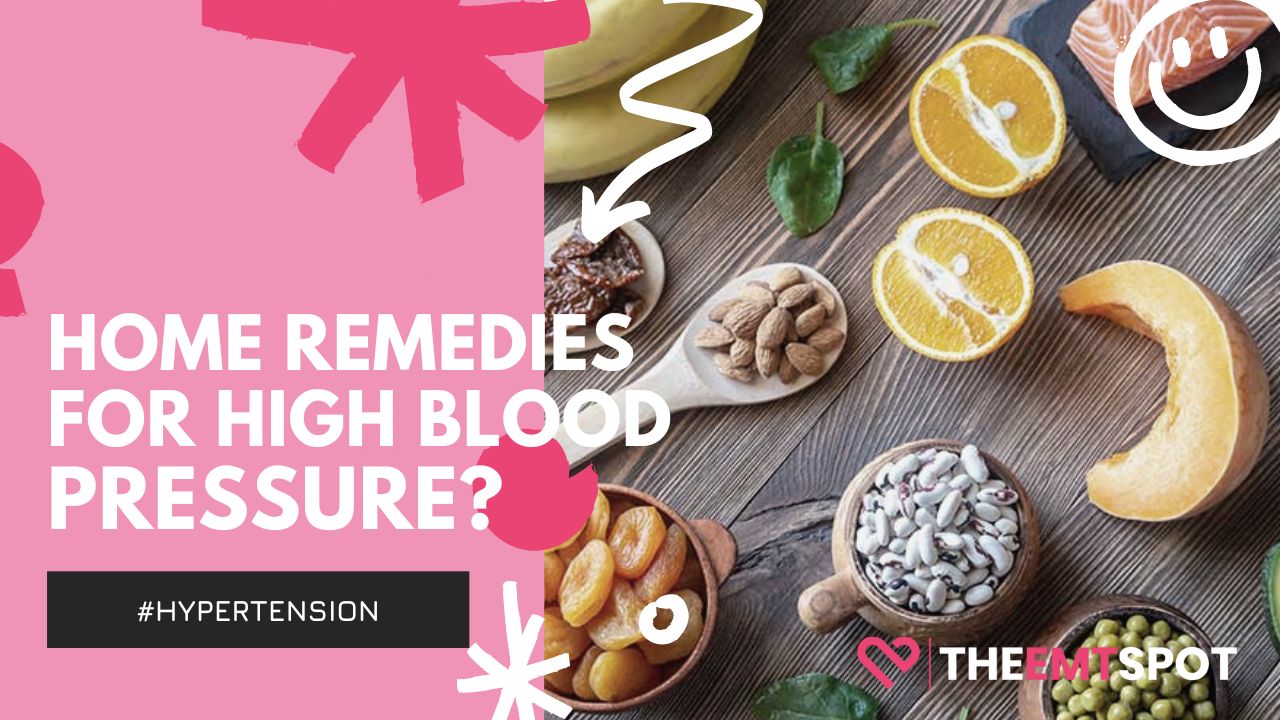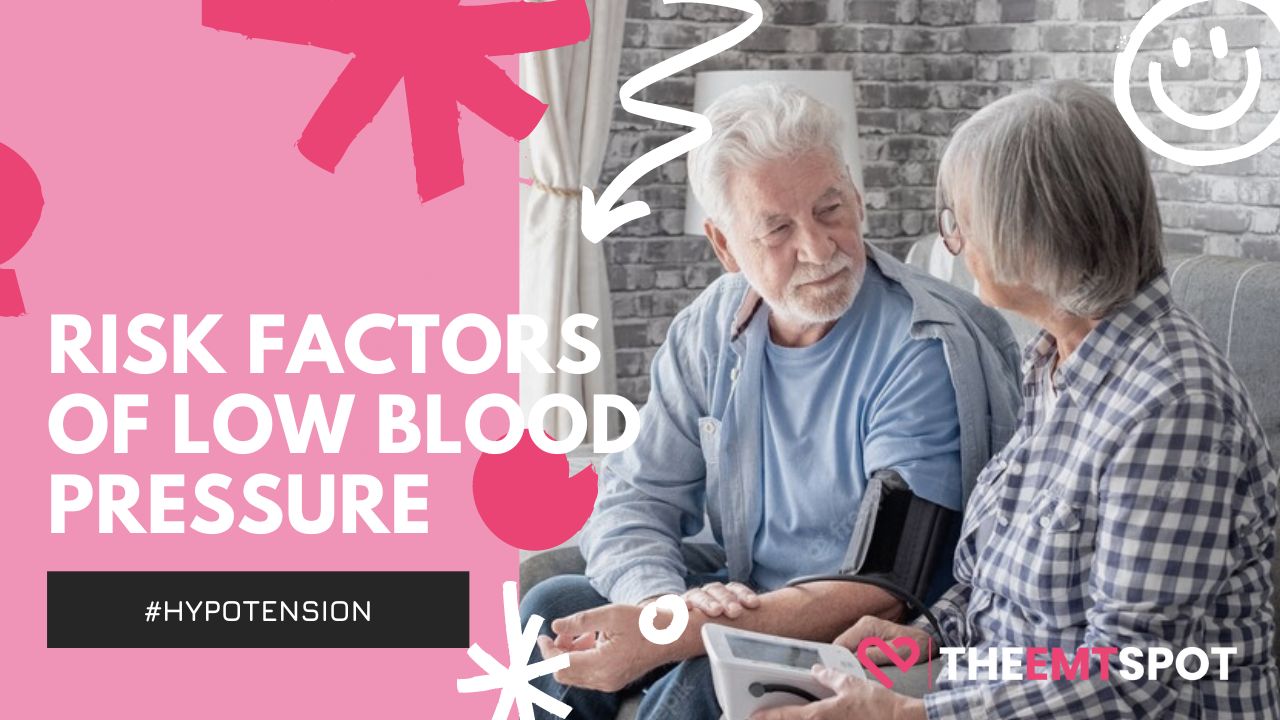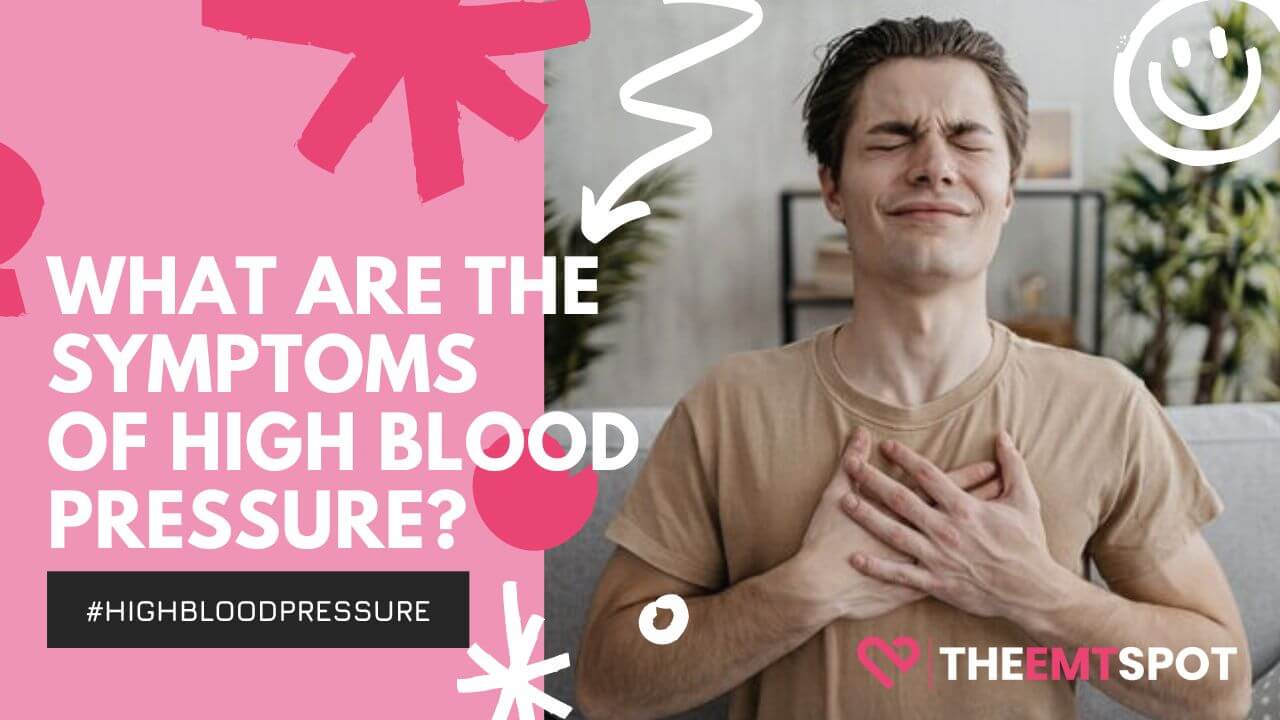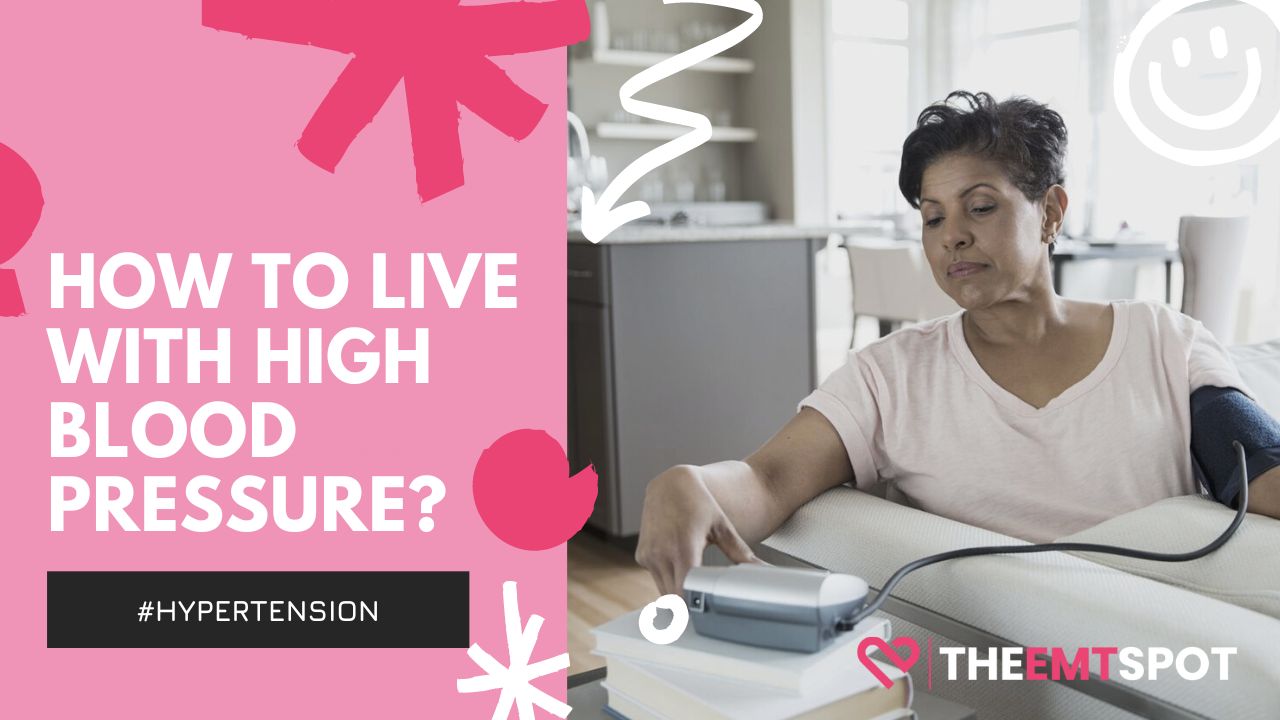Hypertensive retinopathy is a severe condition of the eye. Read how to spot it, the reason behind and how to manage it over time to prevent permanent vision loss.

Quick Summary
- Chronic hypertension can damage the retina.
- Severe symptoms of chronic hypertensive retinopathy (HR) can affect your vision badly or cause blindness.
- Hypertensive crisis causes the retina to bleed from microscopic superficial haemorrhages (cotton-wool spots), small yellow areas of inflammation, and optic disk swelling.
- HR can be diagnosed with funduscopy.
- It is usually treated with corticosteroids or antivascular endothelial growth factor drugs.
Hypertensive retinopathy is a potentially sight-threatening condition with physical effects on the eyes. The effects of the disease, which can cause blindness, have been linked to hypertensive crises.
You can have swollen eyes, bleeding, or any of many other abnormal changes that occur in the eye due to pressure in the eyeball (the vitreous).
This article overviews hypertensive retinopathy, its symptoms, the various stages of the condition, the main reasons behind the condition, and the treatment.
Contents
What Is Hypertensive Retinopathy?
Hypertension retinopathy is vascular damage to the retinal part of an eye due to prolonged high blood pressure.
Symptoms Of Hypertensive Retinopathy
Symptoms of hypertensive retinopathy typically don’t arise until late. But when they do, you may notice the following:
- Swelling in the eye
- Poor vision
- Bursting of a blood vessel
- Double vision along with headaches
Classification of Hypertensive Retinopathy
Keith-Wagener-Barker scale breaks down retinopathy into 4 different levels or stages.
- Grade 1: Mild narrowing in retinal artery
- Grade 2: More narrowing of the arteries than in Grade 1.
- Grade 3: Retinal haemorrhage, or bleeding on the retina, with an eye’s inability to focus. Symptoms may or may not be present.
- Grade 4: Grade 4 retinopathy is an extreme stage of the condition that can give you signs of grade 3 but more severely, such as optic disc swelling and macular oedema. People with grade 4 are also more susceptible to stroke and may face cardiac or renal damage.
Why Does Hypertensive Retinopathy Happen?
High blood pressure is the main root cause of hypertensive retinopathy. As the blood moves around the body at a higher pressure, including the eyes, arteries will begin to stretch. This can lead to damage to the retina.
The more prolonged the high blood pressure, the greater the risk of developing hypertensive retinopathy.
How Is Hypertensive Retinopathy Diagnosed?
Funduscopy is a screening test that detects early arterial constriction in hypertension retinopathy. This is characterized by a decrease in the ratio of the width of the retinal arterioles to the length of the retinal venules.
What Are The Main Risk Factors For Hypertensive Retinopathy?
You may develop hypertensive retinopathy if you have the following conditions:
- Atherosclerosis
- Obesity
- Diabetes
- High cholesterol
- High blood pressure or hypertension for many years
- Smoking
- Unhealthy diet (such as high in trans fats, sodium, and sugary foods, high alcohol consumption
Note: People of African descent race are more prone to be affected by the condition. Also, women develop hypertensive retinopathy more than men.
How Is Hypertensive Retinopathy Diagnosed?
Many methods have been developed to inspect hypertensive retinopathy, including but not limited to the following:
Ophthalmoscope
An eye specialist uses an ophthalmoscope for this test. This simple device shines a light across the pupil and can detect signs of narrowing blood vessels, leaking fluid, or other problems with your eye. The procedure is completely painless and takes less than 10 minutes.
Fluorescein angiography
It is a comprehensive dilated eye exam to help diagnose diabetic retinopathy. In this, a practitioner uses eye drops to dilate (widen) the pupils for greater retina and optic nerve visibility.
After your pupils dilate and you’ve taken a dye injection in your vein, pictures are taken as the dye circulates through your eyes’ blood vessels. The images can pinpoint closed, broken, or leaking blood vessels to help diagnose retinopathy.
Note: The drops can cause your vision to become blurry till the effect of the drops subsides.
Treatment For Hypertensive Retinopathy
The treatment for hypertensive retinopathy involves lowering blood pressure. However, working with the patient’s primary care doctor is vital for adequate evaluation and treatment of hypertensive retinopathy.
It is also important to diagnose the condition timely and begin appropriate treatment. This way, the physician can prevent vision-threatening complications from occurring.
Moderate to severe hypertensive retinopathy
Giving people an individualized approach to hypertension treatment is critically important. So, start by reducing mean arterial pressure by 10-15% in the first hour.
Treatment for high blood pressure can start with medications given parenterally, followed by oral medication. This will help to lower systolic (top number) and diastolic (bottom number) blood pressure reading to < 130 mm Hg in about 2-3 months.
Note: The easiest way to reduce blood pressure levels is through controlled and low-dose reductions so that there is no significant increase in risk for ischemic damage to the eye.
Medications For Hypertensive Retinopathy
Medications to lower blood pressure include angiotensin-converting enzyme inhibitors, diuretics, and calcium channel blockers. Other medications that may be used further are α-adrenergic blockers, central α2-adrenergic agonists, and direct vasodilators.
Hypertensive retinopathy is a serious health complication that requires close follow-up and individualized care for each patient.
Conclusion
Hypertensive retinopathy is a condition that can lead to vision loss. It’s essential to see a doctor for sudden changes in your vision, seeing floaters or even flashes of light, seeing colours incorrectly, or having difficulty reading.
There are treatments available for hypertensive retinopathy, and each patient will respond differently to a treatment. So talk to your doctor about what could be causing them and what treatments might be best for you.





 Robin Backlund is a dedicated journalist and a medical student who has written several articles and essays exposing the falseness and hollowness of online resources in the medical science niche.
Robin Backlund is a dedicated journalist and a medical student who has written several articles and essays exposing the falseness and hollowness of online resources in the medical science niche.